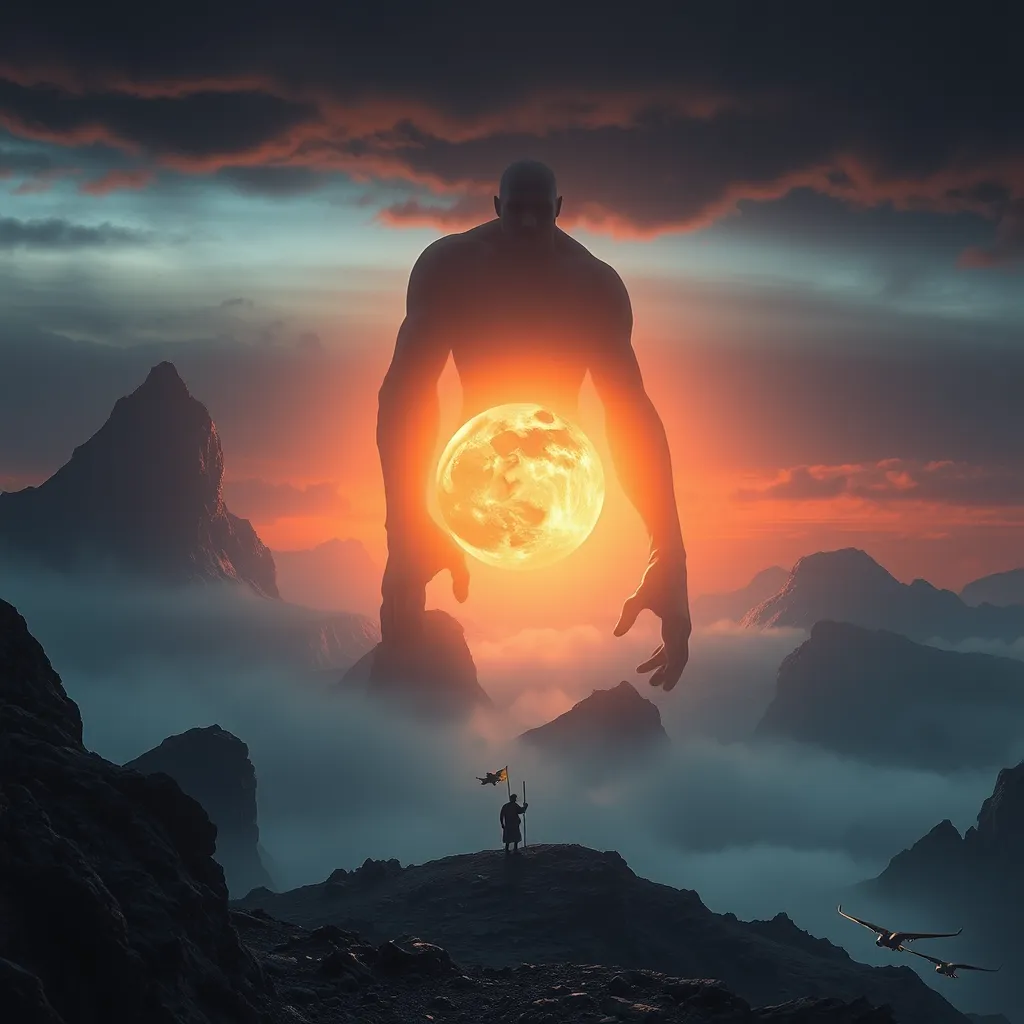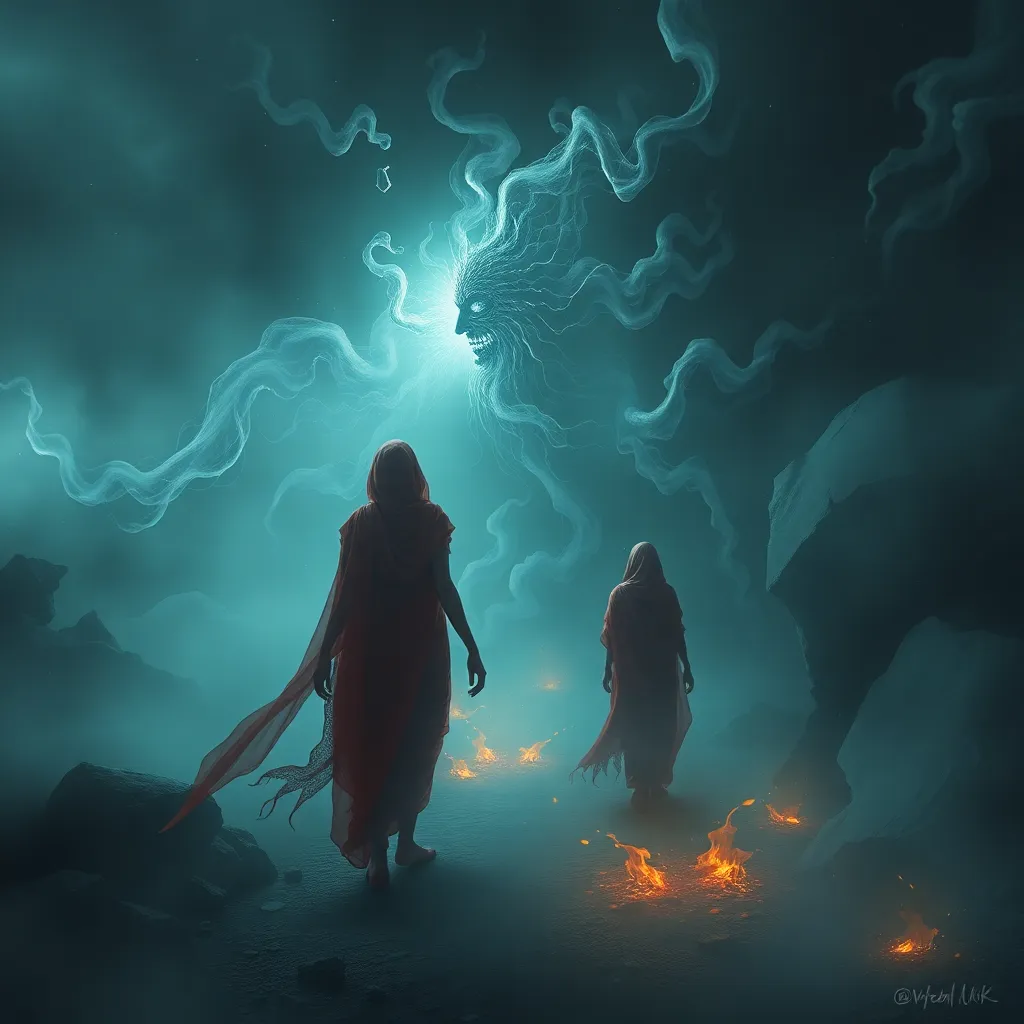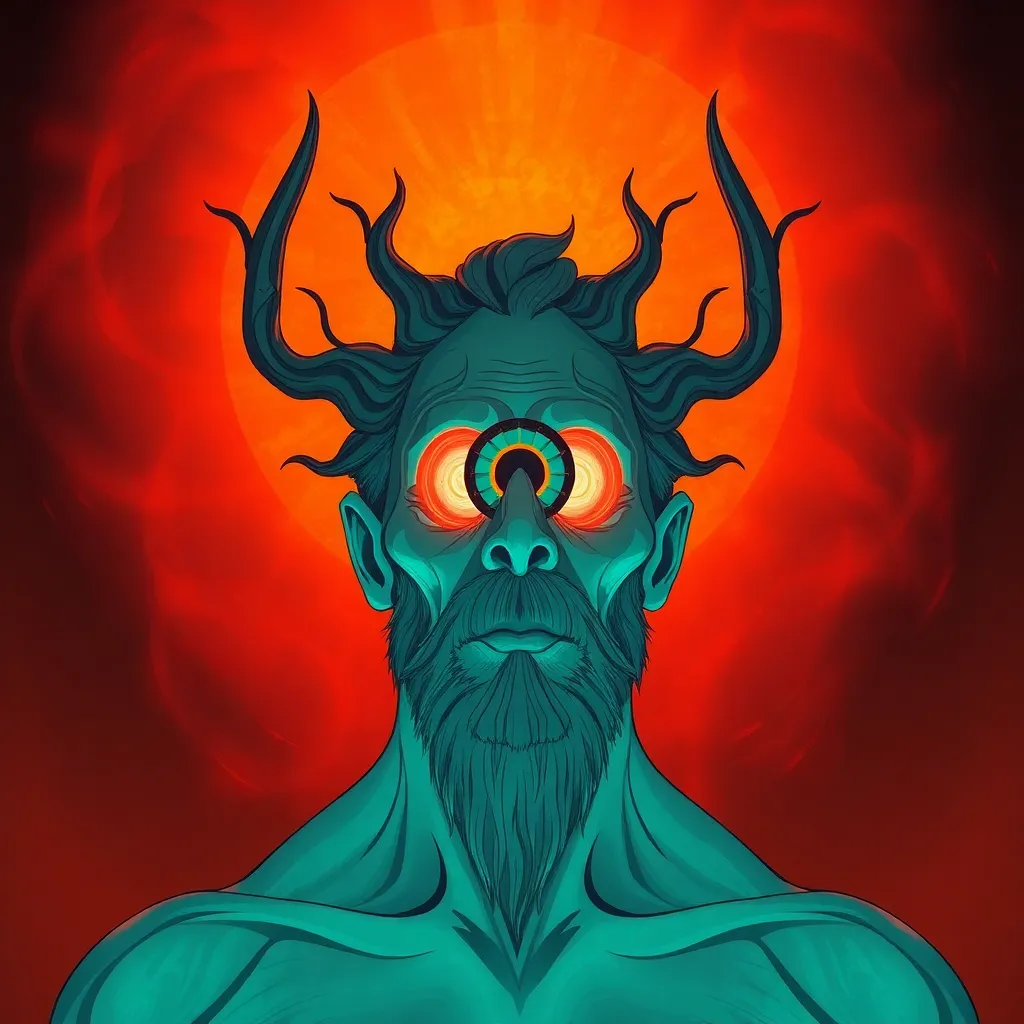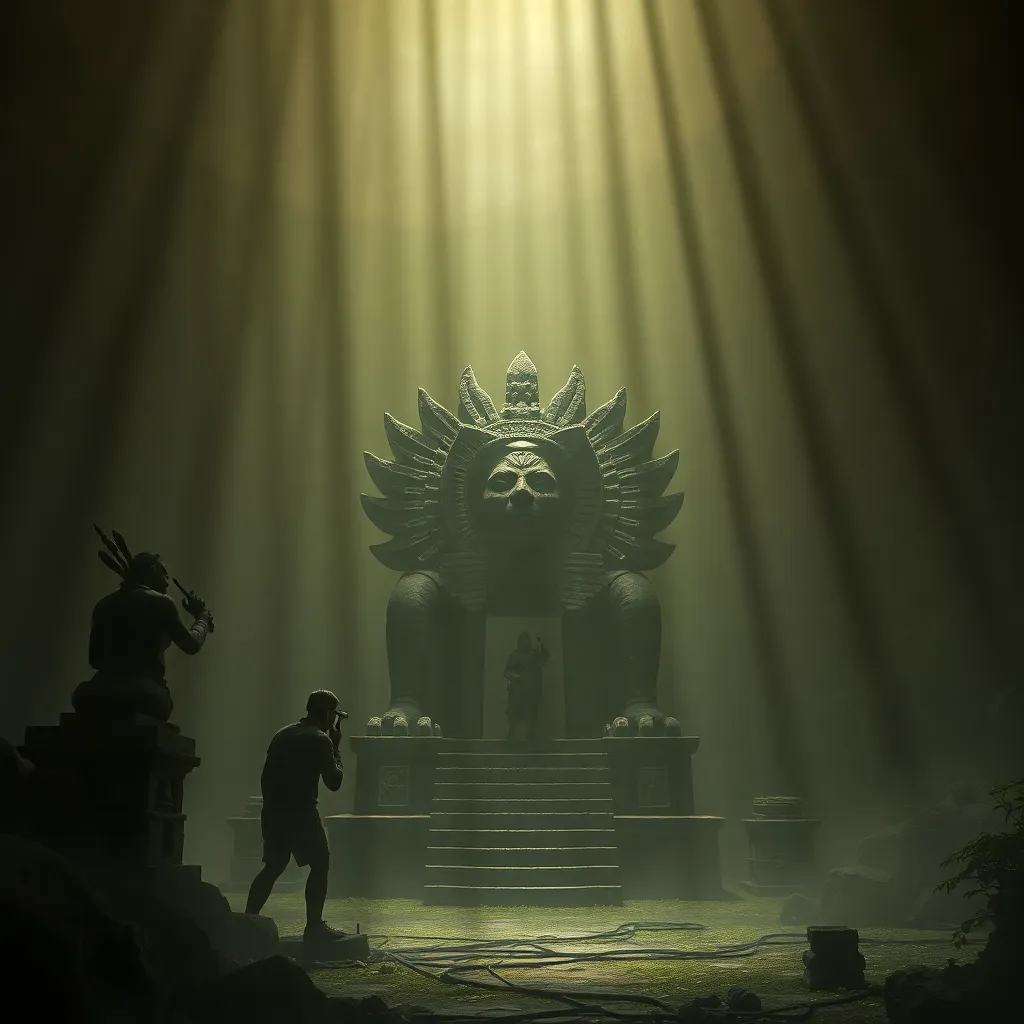The Giant of the Earth: A Global Myth of the First Beings and the Creation of the World
I. Introduction
The myth of the Giant of the Earth is a captivating narrative that appears in various forms across many cultures. This myth often depicts a colossal being whose actions significantly influence the creation of the world. The significance of creation myths, including those featuring giants, lies in their ability to convey the values, beliefs, and understanding of the universe held by different societies.
This article explores the Giant of the Earth myth, examining its characteristics, cultural significance, and the role it plays in creation narratives worldwide. By delving into various interpretations, we aim to understand the importance of giants in mythology and their relevance to contemporary society.
II. The Concept of Giants in Mythology
A. Definition and characteristics of giants in global myths
Giants are often depicted as enormous beings possessing immense strength and power. They can be benevolent or malevolent, serving as creators or destroyers in mythological narratives. Common characteristics include:
- Physical size and strength
- Connection to primordial elements
- Roles as protectors or antagonists
B. Common themes and symbolism associated with giants
Giants often symbolize various concepts, such as:
- The struggle between order and chaos
- The duality of creation and destruction
- The human relationship with nature and the cosmos
C. Comparative analysis of giants across different cultures
Across cultures, giants share similarities and differences. For example, while the Greek mythology features the Titans as powerful beings opposing the gods, Norse mythology introduces the Jotunn, often in conflict with the Aesir gods. Such comparisons reveal how different societies interpret the idea of giants through their own cultural lenses.
III. The Role of the Giant in Creation Myths
A. The Giant as a primordial being
In many creation myths, giants are depicted as primordial beings that exist before the world takes its current form. They often embody raw, chaotic forces that shape the earth.
B. The creation of the world through the actions of the Giant
Giants frequently engage in acts that lead to the formation of the world. This can include:
- Fighting and overcoming other primordial beings
- Sacrificing parts of themselves to create land, mountains, and rivers
- Using their strength to mold the earth from chaos
C. Examples of creation myths featuring giants from various cultures
Several cultures feature giants in their creation myths:
- Ymir in Norse Mythology: The giant Ymir’s body was used to create the world, with his flesh forming the land and his bones becoming mountains.
- Kanati in Cherokee Mythology: Kanati, the hunter, and his wife, who represent the union of earth and sky, are said to have created the first humans from the land.
- Giant Tlaloc in Aztec Mythology: Tlaloc, the rain god, is often depicted as a giant who controls water and fertility.
IV. Regional Variations of the Giant Myth
A. North American Indigenous myths
Many Indigenous tribes in North America tell stories of giants, such as the ‘Wendigo’ in Algonquin folklore, which represents both a giant and a spirit of winter and starvation.
B. Norse mythology and the Jotunn
The Jotunn, or frost giants, play a crucial role in Norse mythology, often represented as adversaries to the gods, embodying the harshness of nature.
C. Asian giants in creation stories
In Chinese mythology, the giant Pangu is known for creating the world by separating the heavens and the earth, symbolizing the birth of the cosmos.
D. African and South American interpretations
In African folklore, giants often appear as ancestral spirits or protectors of the land. In South America, the giant in Amazonian myths is frequently associated with the creation of natural features and the balance of ecosystems.
V. The Giant as a Cultural Symbol
A. The Giant as a representation of strength and power
Giants often symbolize immense strength, representing the forces of nature that humans must respect and understand.
B. The duality of creation and destruction
While giants can create, they also possess the power to destroy. This duality emphasizes the balance inherent in natural processes.
C. The Giant’s role in human understanding of nature
Giants serve as metaphors for the struggles humans face against the uncontrollable aspects of nature, reinforcing the need for harmony and respect.
VI. The Influence of the Giant Myth on Modern Culture
A. Adaptations in literature and film
The image of giants has permeated modern literature and film, with stories like “Jack and the Beanstalk” and movies like “Harry Potter” showcasing giants as both allies and adversaries.
B. The Giant in contemporary art and folklore
Artists today continue to explore the theme of giants, often using them to symbolize societal issues such as environmental degradation.
C. The myth’s relevance in environmental discussions
The Giant myth resonates in contemporary environmental discourse, representing the colossal challenges humanity faces in addressing ecological crises.
VII. Critical Analysis of the Giant Myth
A. The psychological and sociological implications of the myth
The Giant myth reflects deep psychological fears and societal values, illustrating how cultures personify their struggles through these larger-than-life figures.
B. Feminist interpretations and the role of gender
Some feminist interpretations explore the gender dynamics of giants, questioning the often male-dominated narratives and examining female giants or goddess figures.
C. The intersection of mythology and modern science
Modern science sometimes intersects with myths as societies grapple with the origins of the universe, drawing parallels between ancient narratives and contemporary theories.
VIII. Conclusion
The Giant of the Earth myth serves as a significant cultural artifact, encapsulating humanity’s attempts to understand creation, power, and nature. As we navigate the complexities of modern life, the themes embodied by giants remain relevant, reminding us of our connection to the earth and the forces that shape our existence.
The enduring legacy of creation myths, particularly those featuring giants, illustrates their importance in contemporary society. They provide insight into our collective psyche and highlight the ongoing struggle to find balance with the natural world. Ultimately, the Giant continues to serve as a powerful symbol in our quest for understanding and harmony.




